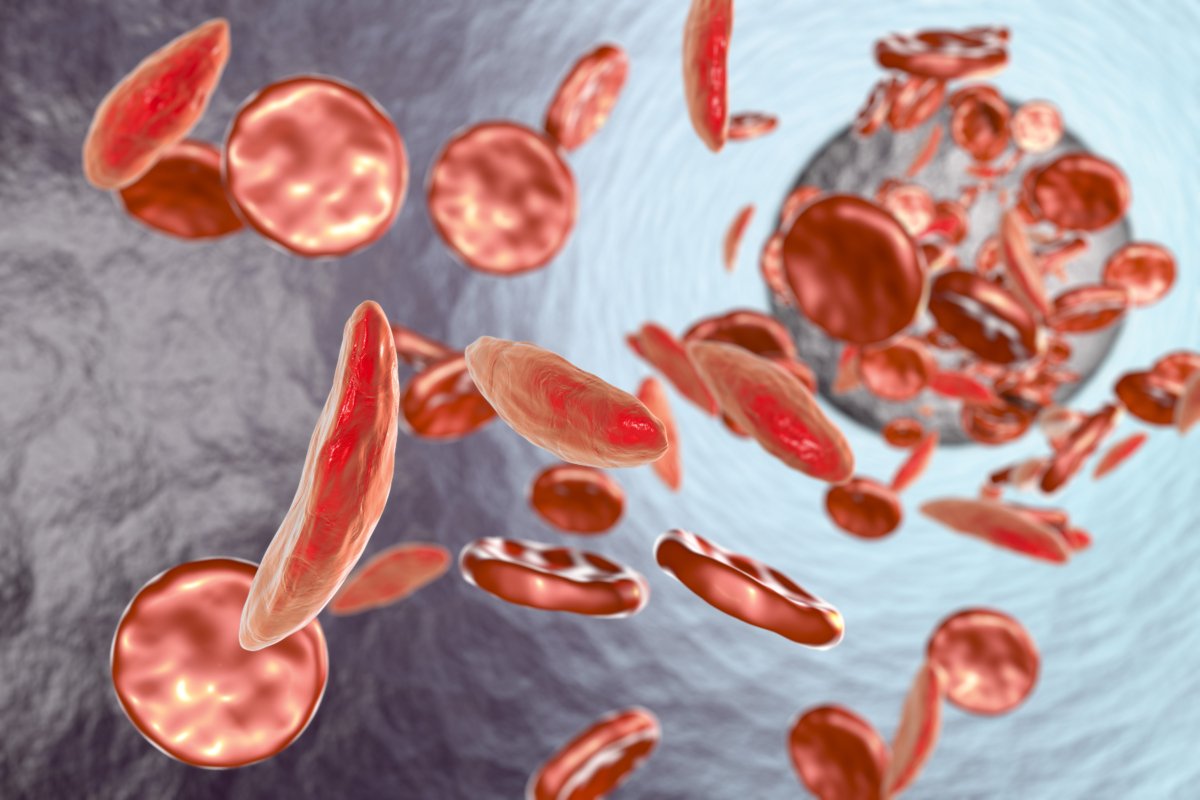Global Sickle Cell Deaths Eleven Times Higher Than Recorded Reveals Lancet Study

A study published in The Lancet brings to light an alarming reality: the global mortality burden of sickle cell disease is nearly 11 times higher than previously recorded.
The comprehensive report analyzes sickle cell disease, highlighting its prevalence and death rates from 2000 to 2021 across 204 countries. It reveals a significant surge in individuals battling this illness. This situation is worsened by cases slipping under the radar due to underdiagnosis and a lack of comprehensive knowledge about the disease’s overarching effects on global health.
A Closer Look at the Lancet Study
The Lancet’s new research offers a sobering view into the worldwide escalating burden of sickle cell disease (SCD). This research signifies the first attempt to evaluate the comprehensive global mortality toll of SCD, using data from the Global Burden of Diseases, Injuries, and Risk Factors Study (GBD) 2021.
To better understand the health toll from SCD, the study examined four key epidemiological data types: birth incidence, age-specific prevalence, with-condition mortality (total deaths), and excess mortality (excess deaths). The researchers used standardized GBD approaches and advanced modeling methods to estimate these measures across different genotypes of SCD.
The study’s findings highlight the drastic underestimation of SCD’s impact in previous records. Despite national incidence rates of SCD holding steady from 2000 to 2021, the number of babies born with this condition saw a global uptick of 13.7 percent. Study authors attribute this increase, equating to about 515,000 births, primarily to population surges in the Caribbean and central sub-Saharan Africa.
Adding to the revelations, the study found a drastic 41.4 percent rise in the global SCD population. From the 2000’s count of 5.46 million, the tally jumped to 7.74 million by 2021. Although the estimated cause-specific all-age deaths in 2021 were around 34,400, the SCD mortality burden was almost 11 times higher at 376,000.
The Underdiagnosis of Sickle Cell Disease
The study shows a disparity between cause-specific and total SCD mortality, particularly among children under the age of five. When assessing the total SCD mortality, the disease rose to the 12th leading cause of death in this age group, contrasting sharply to its 40th rank when focusing only on cause-specific mortality.
Cause-specific mortality refers to deaths directly due to sickle cell disease. On the other hand, total mortality captures all deaths within the SCD-diagnosed population, even when immediate causes of death are other health complications. This method paints a more comprehensive picture of the true extent of lives claimed by sickle cell disease.
In numerous nations, the diagnosis of sickle cell disease in newborns often falls through the cracks. These undiagnosed children may later grapple with serious health complications, including perilous infections or strokes, explains lead author and researcher at the Institute for Health Metrics and Evaluation (IHME), Azalea Thomson. When sickle cell disease remains unidentified, its role as a potential catalyst for these health crises is often missed by healthcare professionals. This crucial link between the disease and fatal outcomes doesn’t make it onto death certificates, keeping this silent threat largely invisible.
Thomson’s research cuts through the dual challenges of data inadequacies and under-recording of sickle cell-related fatalities. It highlights how the real mortality toll of SCD has stayed largely hidden due to the prevailing practice of attributing each death to a single cause. Thus, it offers a clearer, more accurate picture of the genuine death toll from this often overlooked disease.
Sickle Cell Disease Unveiled
Sickle cell disease (SCD) is named after the “sickle” shaped red blood cells it creates. This inherited blood disorder mainly impacts people of African, Mediterranean, Middle Eastern, and South Asian descent.
According to the World Health Organization (WHO), sickle cell disease stems from a mutation in the gene that produces hemoglobin. This crucial protein is tasked with carrying life-giving oxygen throughout our bodies.
Typical red blood cells are plump, doughnut-like figures, nimble enough to negotiate the twists and turns of our circulatory system. However, SCD morphs these cells into rigid, sticky sickle-shaped elements. These malformed cells clump together, throwing a wrench in the smooth flow of blood. They become the main characters in painful episodes known as “sickle cell crises.”
Adding to the complexity, these sickle cells have a shorter lease on life than their healthy counterparts. Consequently, individuals with sickle cell disease frequently grapple with anemia, a persistent condition marked by a shortage of red blood cells. This constant shortfall can lead to fatigue, making even daily tasks an uphill battle for those affected.
Like many health conditions, SCD presents a diverse array of symptoms and complications that vary significantly among individuals and often change over time. These can include infections and fatigue, progressing to more severe issues such as stroke, organ damage, and in the worst cases, premature death.
SCD is exclusively an inherited condition, with the child needing to receive two sickle cell genes—one from each parent. If only one such gene is inherited, the individual becomes a sickle cell trait carrier but doesn’t usually exhibit the disease symptoms. The CDC’s data suggests approximately 100,000 Americans are living with SCD, while 1 in 13 African Americans carry the trait.
The study was funded by the Bill & Melinda Gates Foundation.
The study noted a decline in the proportion of all-cause deaths in people with sickle cell disease and suggested newborn screening, pneumococcal conjugate vaccine use in young children, and tracking neonates in sickle cell clinics may explain the decline.



